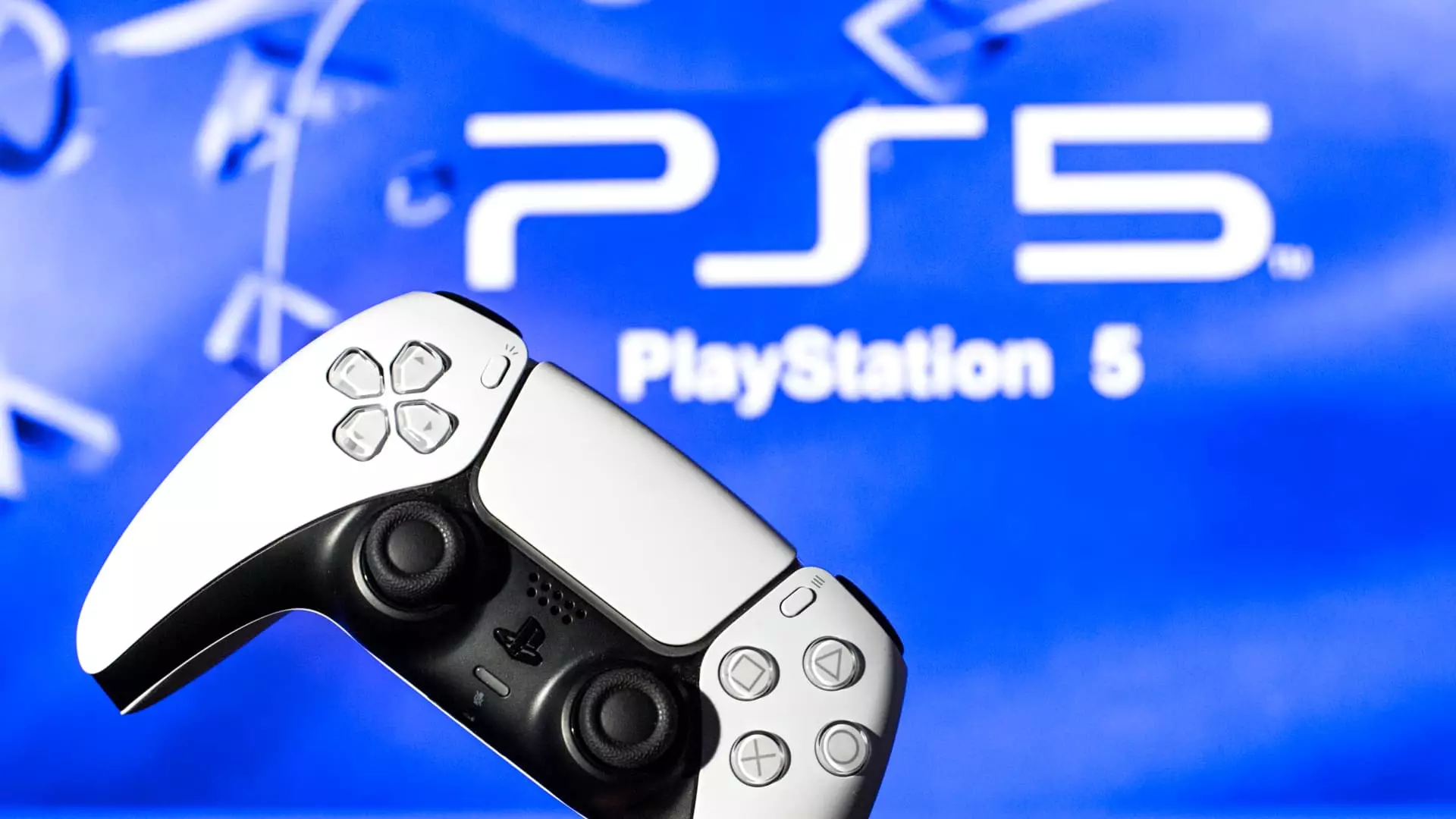Sony Corporation recently showcased a robust financial performance for the September quarter, with a significant uptick in operating profits that exceeded analyst forecasts. Reporting revenues of 2.97 trillion Japanese yen (approximately $19.4 billion), Sony fell slightly short of the anticipated 3.03 trillion yen, reflecting a year-over-year growth of 9%. Moreover, the tech giant recorded an impressive operating profit of 445.1 billion yen ($2.91 billion), a staggering 73% increase compared to the previous year, significantly outperforming the expected 336.07 billion yen.
This quarterly performance has led Sony to adjust its sales guidance for the full fiscal year 2025. The company now anticipates a revenue of 12.7 trillion yen, up from the previously projected 12.6 trillion yen. Notably, its operating profit forecast remains steady at 1.3 trillion yen. This renewed outlook underscores the resilience and strategic adjustments that Sony has made in navigating the fluctuating tech landscape.
A key driver of Sony’s financial success remains its gaming division, particularly its PlayStation brand. Revenue from the game and network services segment reached 1 trillion yen, marking an 11% increase year-over-year. The shift towards digital game purchases and increased subscriptions to the PlayStation Plus service has bolstered this segment. However, it is important to note that hardware sales faced headwinds, with shipments of PlayStation 5 units dropping by 22% year-over-year, totaling 3.8 million units.
The gaming market, marred by a relative scarcity of blockbuster titles, has posed challenges for console manufacturers. Nonetheless, industry analysts remain optimistic about potential recovery—anticipating the launch of a new next-generation Nintendo Switch and the long-awaited release of Grand Theft Auto VI. These developments could reignite interest and fuel sales, particularly in a market that has seen average consumer engagement wane.
Understanding the need for innovation, Sony recently unveiled its upgraded PlayStation 5 Pro console, aimed at enhancing user experience with improved graphics rendering and advanced artificial intelligence capabilities. The initiatives not only reflect Sony’s commitment to maintaining its competitive edge but also cater to a growing demand for increasingly sophisticated gaming hardware.
Despite the current challenges, the surge in game software sales—a notable 28% increase to 612.3 million yen—indicates that gamers are still actively engaging with content. This points towards a persistent enthusiasm within the gaming community that can be leveraged by Sony.
While the upbeat financial forecast and innovative product releases signal potential growth, it is vital for Sony to navigate the landscape with agility. The upcoming months will be crucial, particularly with anticipated releases in the gaming sector and ongoing competition from rival companies. Ultimately, balancing hardware sales with developing compelling content will be pivotal in solidifying Sony’s position within the dynamic and ever-evolving gaming market. The intersection of innovation, audience engagement, and strategic foresight will determine whether Sony can maintain its momentum in the face of industry shifts.

Leave a Reply